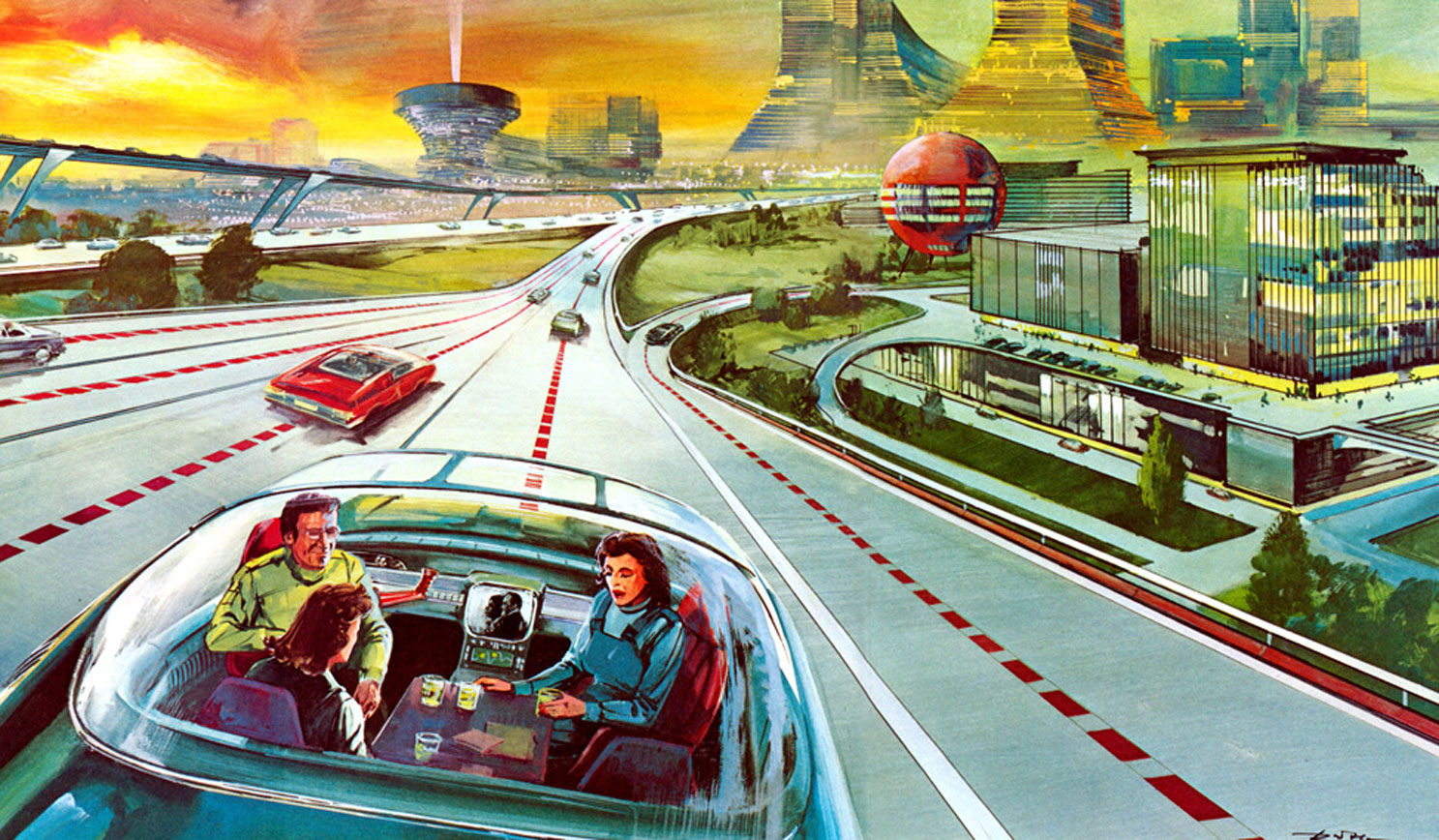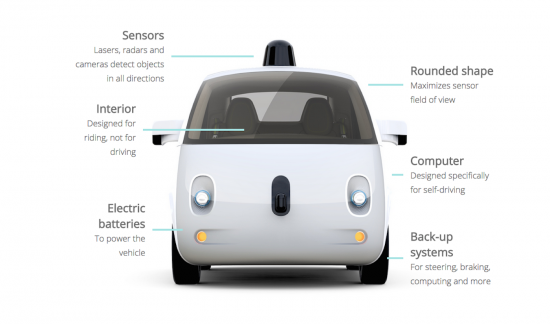The bloom is off the rose so to speak.
By Wallace Wyss –
I’m talking about the latest pie-in-the-sky panacea foisted upon us: driverless taxis. San Francisco has been experimenting with it. Caroline Graham described the ensuing chaos in The Daily Mail May 13th: “One ploughed headfirst into the back of a packed city bus. Another ignored yellow police warning tape and became tangled in downed power lines. Yet another ‘out-of-control’ vehicle moved menacingly towards a police officer while ignoring his frantic command for it to ‘stay!’.”
Yet we were led to believe that Robotaxis would be error free in driving–not prone to the frailties of human drivers.
The biggest problem seems to be that they can follow an order like “take me to City Hall” but if something unpredictable happens en route, so far they appear to be clueless.
With Silicon Valley being so close, it is inevitable the first Robotaxis would deploy there. It’s not that there isn’t enough money to get them right, Waymo, the self-driving car company, is owned by Google’s parent company, Alphabet, and Cruise is a subsidiary of General Motors. Last year all were given permission to start operating Autonomous Vehicle Passenger Services.
At first it seemed no problem as they operated from from 10pm to 6am – but once they were allowed to operate 24/7 with their first fleet of 400 vehicles, there were incidents, disquieting ones.
You might say Waymo’s fleet are the luxury ones based on Jaguar I-Pace electric vehicles. Cruise has the econo version, 240 electric Chevy Bolt vehicles, which cost a rider about the same as a ride-sharing service, while Waymo is free. You book a ride through an app on your phone.
The cars look weird as they arrive–festooned with various devices–radar, lidar (laser imaging) and spinning sensors on the roof, front, back and sides, as well as cameras which collect data in real time.
The passenger summons the car. When it arrives, they use an app to open the door, seat themselves, adjust the temp and sound, and are on their way. But if things go awry–there’s no way for the passenger to take over the wheel.
When they picked SF as the first California city to test in, they forgot about the fog. At one point in February several stopped in a cluster because their sensors could not see through the fog. Technicians were called, took over the controls, and cleared the street.
One funny one was when a Robotaxi was pulled for driving at night with no headlights, but briefly made a run for it from the cop before co-operating.
They have caused problems when nearing an emergency. In one case a cop manually directed one to stop; it would not obey so the cop lit a flare but it kept inching forward. Again a Waymo technician had to be called to remotely stop the car.
Waymo is adding updates to advance and refine the software but encountering active emergency vehicles seems to be where they are clueless.
Robotaxis are not regulated by local police, instead given the go-ahead to operate by California’s Department of Motor Vehicles and the California Public Utilities Commission, who do not monitor them.
Exasperated, the San Francisco Board of Supervisors has written to regulatory agencies asking for them to slow down expansion of the fleets until there is more oversight. San Francisco isn’t the only city scheduled to deploy Robotaxis–pilot schemes are planned for LA, Phoenix, Austin, Dallas and Houston.
I say “Not so fast–we got a problem and I for one am ticked off that there was no California Statewide referendum asking permission of the State’s 40 million residents for these companies to deploy these fleets on public roads; i.e., “Should we allow Robotaxis to experiment in our cities?”
I say to the Robotaxi builders: get out to the wide open territory, use robots to simulate pedestrians and animals, hire stunt drivers to “set up” situations to challenge them to cope with the unpredictable, get the damn things foolproof before letting them back on city streets with real people.
We, the people, are not, repeat not, to be experimented with….
Opinions, anyone?
Let us know what you think in the Comments.
THE AUTHOR Wallace Wyss is a co-host on KUCR FM’s weekly “Autotalk” show, broadcast from Riverside, CA.






It seems to me that as there have been a few accidents some fatal, with self driving vehicles, so are we ready for this yet or should we wait until we are 100% sure they are safe? Just a thought.
James
When they start appearing at sideshows, spinning donuts on their own, that’s when you know you’ve got a real problem.
Never experienced one and doubt I ever will where I live. Of course, there are many accidents with human operated vehicles too. I wonder how they compare?
Also I really like the painting from Wallace Wyss good job!
James
James,
Nothing is 100% safe not planes, trains or automobiles.
Philip,
I love it – self-driven sideshows!
Byron,
The self-driven car companies believe their cars will be safer than people driven cars. We have yet to see enough data to prove that.
Even if statistics prove they are safer than us flawed humans, I am wary. There are unexplained things like why some autonomous cars crash into emergency vehicles when an ambulance or police car is parked by the side of the road. Something about the flashing lights–AI-piloted cars are suckers for the flashers.